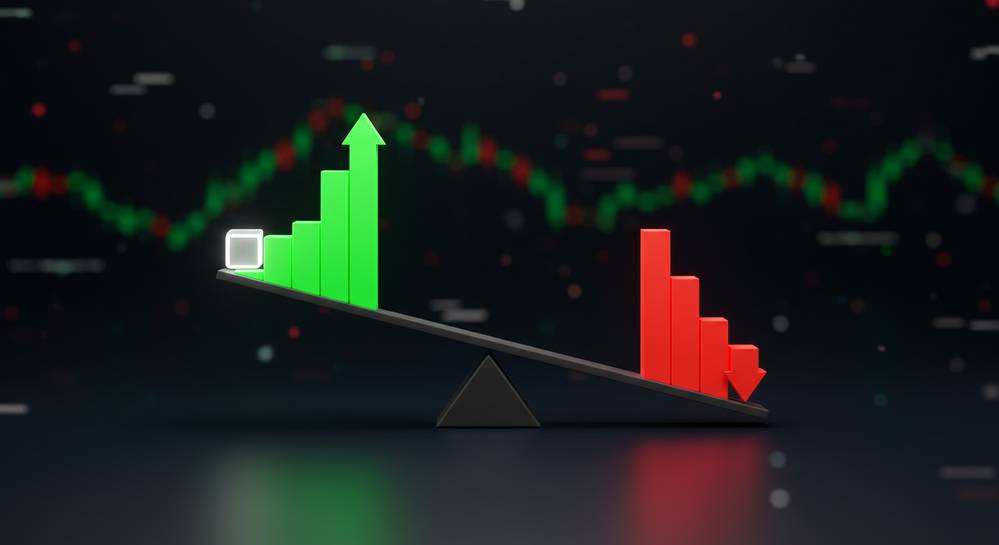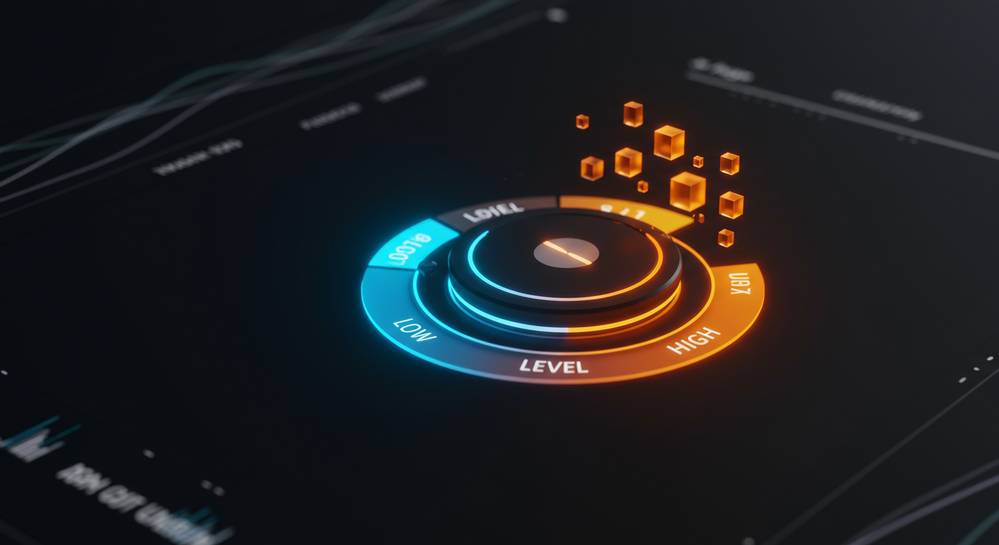Navigating the forex market requires understanding its core tools, and few are as powerful or misunderstood as leverage. For many traders, the question of what is forex leverage explained is the first step toward unlocking greater market potential. It is a financial instrument that can significantly amplify your trading results, but this amplification works for both gains and losses. This guide will clarify how leverage works and how to manage it wisely.
What exactly is leverage in forex trading
Forex leverage is a powerful tool offered by brokers that enables you to control a large position with a small amount of capital. To have forex leverage explained simply, think of it as a loan. If you have a 100:1 leverage ratio, every dollar in your account can control $100 in the market. This mechanism dramatically increases your purchasing power, allowing you to gain significant market exposure without depositing a large sum of money. It is designed to amplify the results of your trades.
- A Broker Facility: Leverage is not your money but a credit line from your broker for trading.
- Amplified Exposure: It allows you to open positions far larger than your actual account balance.
- Foundation of Margin: The capital you provide is called margin, acting as collateral for the leveraged position.
This amplification works both ways, magnifying both profits and losses. A small price movement against you can quickly deplete your account. Therefore, using leverage requires a deep understanding of its risks. Mastering this tool is less about maximizing gains and more about implementing a strong trading psychology and risk management connection to protect your capital.
How leverage and margin work together

Leverage and margin are two sides of the same coin in forex trading. While leverage multiplies your trading power, margin is the actual deposit required to open and maintain that position. It is the good faith collateral your broker holds. Essentially, the higher the leverage you use, the lower the margin percentage needed for the same trade size. This inverse relationship is central to understanding how you can control large positions with a small amount of capital.
A practical trading example
Imagine you want to control a standard lot of EUR/USD, valued at $100,000. With 100:1 leverage, your broker requires a 1% margin. This means you only need $1,000 in your account to open that $100,000 position. If the market moves 1% in your favor, you make a $1,000 profit, doubling your initial margin. Conversely, a 1% move against you results in a $1,000 loss. This highlights why using risk management tools for small forex accounts is essential.
The advantages and risks of using leverage

Leverage is famously known as a double-edged sword because it magnifies both profits and losses equally. Understanding this duality is critical for survival in the forex market. While the prospect of amplified returns is attractive, the risk of accelerated losses can be devastating if not properly managed. This concept is a core part of having what is forex leverage explained correctly. It is a tool of amplification, for better or worse.
The potential for amplified profits
- Enhanced Capital Efficiency: You can control a large market position with a small amount of capital.
- Significant Returns: Leverage makes it possible to generate substantial profits from minor price fluctuations.
- Market Accessibility: It lowers the barrier to entry, allowing traders with limited funds to participate.
The significant risk of amplified losses
- Magnified Losses: A small adverse market movement can lead to a substantial loss, potentially exceeding your deposit.
- Margin Calls: If losses grow, your broker may issue a margin call, forcing you to deposit more funds or automatically closing your positions. Learning how to recover from a forex trading loss is a critical skill for leveraged traders.
How to choose and manage your leverage level

Choosing the right leverage is a cornerstone of a sound trading strategy. It is not about using the maximum amount offered but selecting a level that aligns with your risk tolerance and experience. While brokers may offer high ratios, a full understanding of what is forex leverage explained includes knowing that using such levels is rarely advisable for new traders. Effective management is about control, not maximizing exposure at all costs. Prudent selection protects your capital from unnecessary risk.
- Start Low: Beginners should use a low leverage ratio, like 10:1, to get comfortable with market volatility.
- Implement Strict Risk Management: Always use a stop-loss order on every trade to limit potential losses.
- Calculate Position Size Carefully: Base your position size on a small percentage of your capital, such as 1-2%, to avoid significant damage from a single trade.
- Understand Your Broker Policy: Be aware of your broker’s margin call and liquidation rules to avoid surprises.
Leverage is an indispensable tool in forex, offering the potential for significant gains from a small investment. However, its power to amplify profits is matched by its power to magnify losses. Successful trading depends not on avoiding leverage, but on understanding and respecting its risks. By implementing a disciplined risk management strategy, traders can harness its benefits while protecting their capital. Explore robust trading strategies and tools with Forex Market Solutions to navigate the markets confidently.